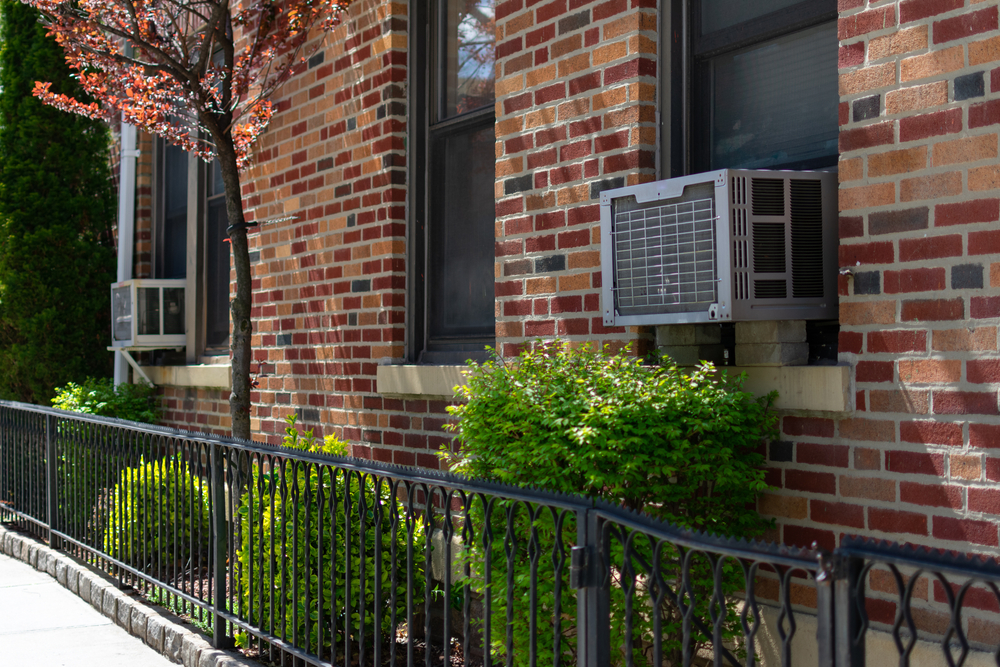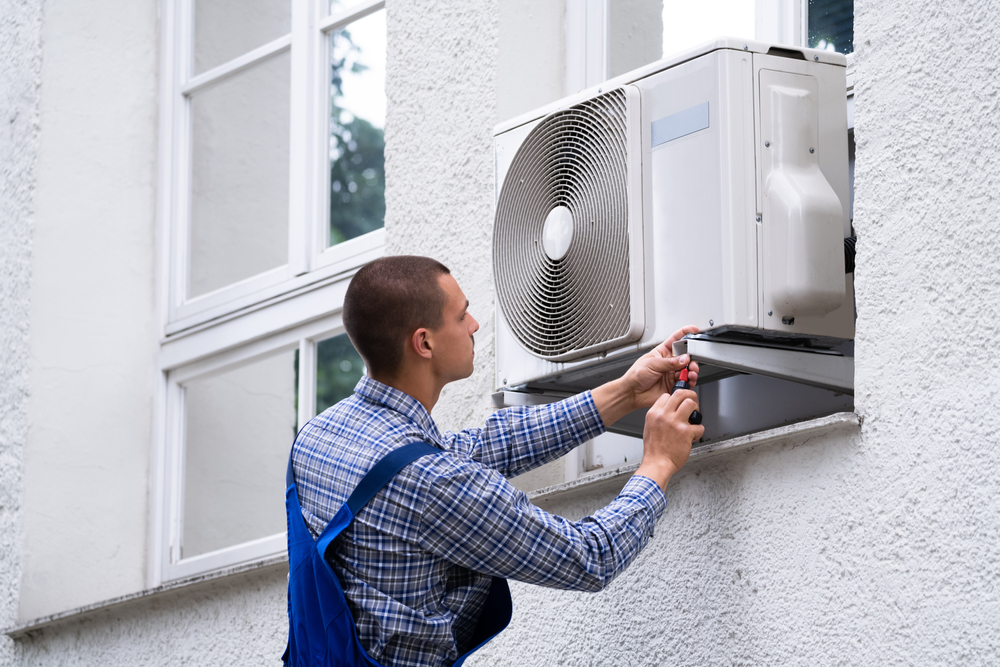Air conditioning is essential for comfort at home, especially during spring and summer. Today, there are so many types of AC systems to choose from, and mini-splits are more popular than ever. So, are mini-splits better than window units?
Mini-splits are better than window units when it comes to energy efficiency and flexibility. You can easily add zones to an existing mini-split whereas window units only cool one room. Mini-splits are also low-maintenance as you must only change the filter once per year in most cases. It costs an average of $4,500 to install mini-splits, whereas window units start at $300.
Don’t let the upfront cost of mini-splits intimidate you. You may spend as little as $1,200 to install a mini-split, but the energy savings make it worth every penny. Follow along as we explore the differences in cost, efficiency, and performance between mini-splits and window units.
Mini Split Vs. Window Unit
Mini-splits and window units differ in cost, performance, maintenance, and efficiency. You can only mount window units on windows, and they cool a single room. Ductless mini-splits have more flexibility as you can add zones to cool the whole house.
Both AC types offer key benefits, and that’s why they’ve been popular for so many years. Understanding the differences between mini-splits and window units can help you understand whether mini-splits are better than window units.

Cost
The upfront cost of mini-splits is higher than window units. You can expect to spend as little as $300 to install a window unit in many cases. Conversely, it costs an average of $4,500 to install a ductless mini-split.
You could spend as little as $1,200 to install a mini-split, but it depends on the system and the number of zones. Many people are understandably hesitant to install a mini-split because of the initial cost. However, the superior performance, coverage, and energy efficiency of mini-splits make the cost worth it.
Installation
Installation is one area where mini-splits and window units are quite different. Mini-splits forego ductwork and instead rely on a line set to connect to the outdoor unit. This requires lots of prep work, and that’s why it’s best to choose professional heating services to install a ductless mini-split.
It’s much easier to install window units, but it is still tricky if you don’t have any HVAC experience. The process typically only takes a day, and that’s why installation is so cheap. Window units aren’t as big of a commitment as ductless mini-splits as you can adjust or move them once you’ve installed them.
Performance
Ductless mini-splits offer a superior performance compared to window units. Window units only cool one room whereas zoned mini-splits can cool the whole house. Mini-splits are also more efficient than window units, so you don’t have to worry about energy loss.
While window units are effective, they only typically last for 8-12 years. Ductless mini-splits last up to 20 years, so you can enjoy superior performance for much longer.

Coverage
Mini-splits typically offer more coverage than window units. Window units are great at cooling a small area, but they only cover one room. Zoned mini-split systems let you control the temperature in several rooms throughout your house.
You can also add onto mini-split systems to get more coverage later on. For example, it’s easy to add zones if your existing mini-split system is effective and up to date. That’s unfortunately not possible with window units, but they’re great for small houses and apartments.
Energy Efficiency
The biggest benefit of mini-splits is that they are incredibly energy efficient. You can expect an average 30% energy loss through ductwork, and that’s not a problem with mini-splits or window units. That means you will save money on bills, and each dollar you spend on running your AC will count.
That said, mini-splits are still more efficient than window units. Mini-splits use up to 40% less energy than window units, and that can help you save on bills each month.
Maintenance
Window units and ductless mini-splits differ when it comes to maintenance. For example, you must replace a window unit’s air filter every 2-3 months or as needed. Conversely, you can wait to change the filter on a mini-split until a year or longer has passed.
That said, you must still clean the air filter monthly if you have a ductless mini-split. This will help keep dirt and dust out of key components, such as the evaporator coils. It’s also a great idea to clean the filter on a window unit at least once before you replace it, but that’s not required.
Remember to schedule a professional service inspection once per year whether you have a mini-split or window unit.

Mini Splits Offer Superior Performance Compared to Window Units
While window units are quite effective, they aren’t nearly as efficient as mini-splits. Mini-splits offer more flexibility as you can add zones, whereas window units only cover one room. That said, window units cost as little as $300 to install, whereas mini-splits start at $1,200.
The upfront cost can be intimidating, but the energy savings make it worthwhile to choose a ductless mini-split.

